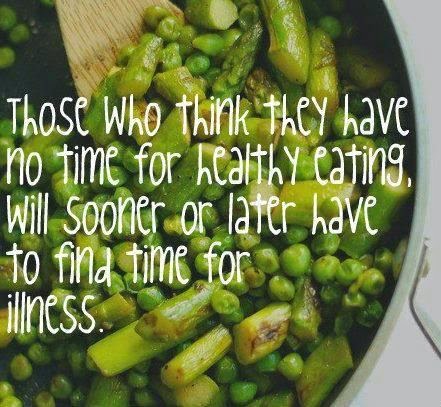Decoding Food Labels
Lifestyle changes take commitment, time and education. The grocery store is now an unfamiliar place full of foods stating to be "fat free," "zero calories," "good source of fiber," and "organic." With all of these mixed messages it becomes overwhelming to know how to choose the right foods. The best place to start is with the basics of reading a food label!
Step 1: Look at the serving size, and how many servings are in the container. This is usually the first line of a food label, and very important information before you look further. Some serving sizes seem very unrealistic, like 5 pita chips when we all know 15 is a more honest serving. Most importantly, just be honest with what your portion size is an adjust the rest of the food label according to that.
Step 2: Look at the calories per serving. Traditionally, 40 calories per serving is thought of as being low, 100 calories is moderate, and 400 calories per serving is high.
Most labels also state the amount of calories from fat next to the total calories. This is when confusion sets in: how many calories from fat is too much?! With health and your heart in mind, fat should be limited to 30% of your total diet for the day. So if you have a 2000 calorie diet, 600 of those calories can come from fat.
 |
| Photo from AHA |
Step 2: Look at the calories per serving. Traditionally, 40 calories per serving is thought of as being low, 100 calories is moderate, and 400 calories per serving is high.
Most labels also state the amount of calories from fat next to the total calories. This is when confusion sets in: how many calories from fat is too much?! With health and your heart in mind, fat should be limited to 30% of your total diet for the day. So if you have a 2000 calorie diet, 600 of those calories can come from fat.
Step 3: More about fats! When looking at the grams of fats on a food label, limit fat to 55-75 grams per day and saturated fats should be limited to 16 grams a day. Cholesterol should not exceed 300mg a day. Along with fats and cholesterol, sodium should also be limited in your diet. Limiting salt to 1 tsp a day (2,300 mg) has shown to decrease the risk of high blood pressure.
Step 4: After reading the label, the next step is to look at the ingredients. The ingredients on a food label are listed in order of quantity. This means that the first three ingredients are the majority of the food. Some studies have shown that the healthiest way of eating is to limit your packaged foods to 5 ingredients
This is also an important concept to know when trying to limit your sugar intake. Sugar has calories, but it lacks nutrients your body needs to be healthy. Choosing foods that do not have sugar or one of its many names (see the many names of sugar in sugar addiction blog below) be in the first three ingredients listed in foods. When you start looking at "healthy," "natural" food's ingredients you may be shocked to see that a large portion of the food is sugar.
Step 5: Last step in the basic of reading food labels is a brief list of meanings behind all of those catchy words you see on food packaging.
-Sugar or Fat Free: This means that that there is less than .5grams of sugar or fat per serving
-Low Fat: One serving has 3 grams of fat or less in it
-High Fiber: Each serving of the food has at least 5grams of fiber
-Good source of Fiber: Each serving has 2.5-4.9 grams of fiber
-Low Sodium: There is 140mg or less of sodium in each serving
-Low Cholesterol: This means there is 20mg or less of cholesterol and 2grams or less saturated fats in each serving
With these five steps, the labels on foods are less of a mysterious code, and more of a tool that will help you attain your healthy lifestyle!
XO



Comments
Post a Comment